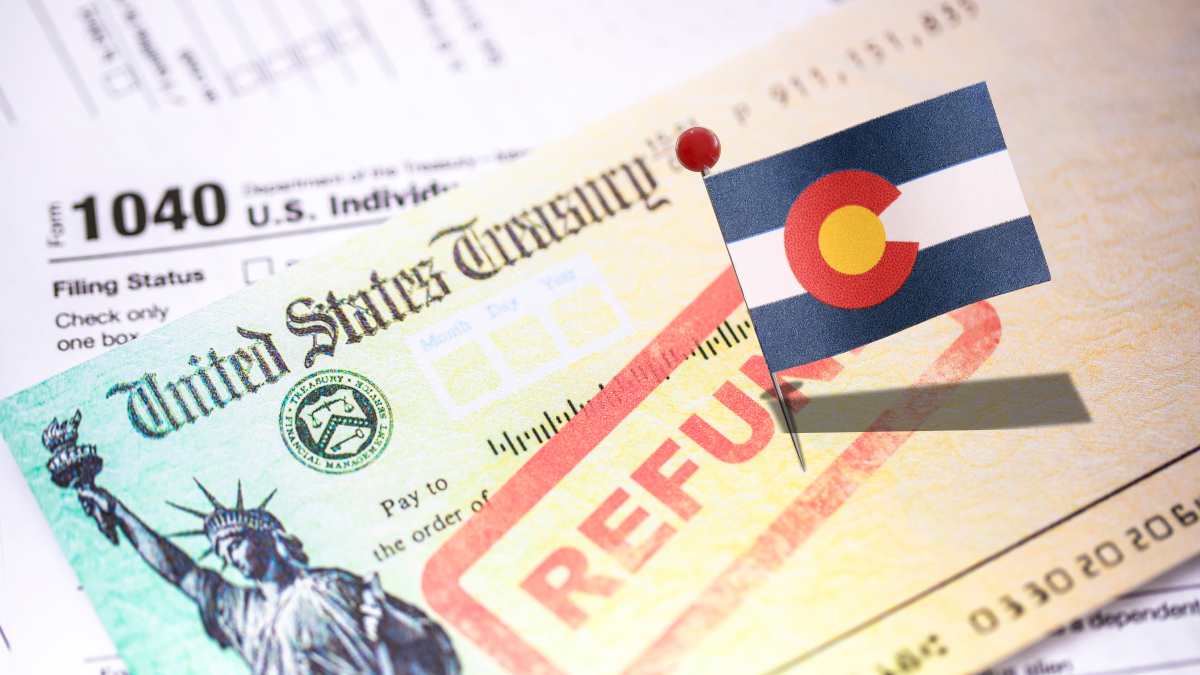The Taxpayer Rights Amendment (TABOR) was passed in 1992. It sets limits on government revenue and mandates returning surpluses to taxpayers. It also demands a popular vote for tax increases. The calculation of the limit considers inflation and annual population growth.
Initially, TABOR sought to control state spending in Colorado, where this program applies. However, its application has generated debates due to budgetary restrictions in public services. Although partially modified in 2005, it maintains its core: refunds linked to tax surpluses. Surpluses arise when income exceeds the annual limit. In 2024, this scenario made it possible to finance current returns. Part of the funds also goes toward exemptions for seniors and veterans.
TABOR Benefits in Colorado: Tax Rebates and Reductions
TABOR benefits in Colorado comprise two mechanisms: a sales tax rebate and a temporary reduction in the income tax rate. The amounts vary depending on the taxpayer’s adjusted gross income. For 2025, returns are for the 2024 tax year and must be claimed by October 15.
Income ranges determine specific values. Single people can receive between $177 and $565, while married couples filing jointly get between $354 and $1,130. These amounts are included within the general state tax refund, not provided as separate payments.
The temporary reduction lowers the tax rate from 4.40% to 4.25% during 2024. This adjustment automatically applies to all taxpayers, without additional requirements. The Colorado Department of Revenue manages both benefits.
Other things you should know about the TABOR program
The sales tax refund is claimed using the state return or the PTC form. Requires active taxpayer action. The amounts, based on six income levels, were defined in April 2025 after official calculations.
The main purpose of the temporary tax reduction is to alleviate the tax burden for all taxpayers. For example, a person with an income of $50,000 will save an additional $75 in 2024. This benefit is applied automatically and does not require additional paperwork.
Both mechanisms work at the same time. While the refund depends on adjusted gross income (AGI), lowering the tax rate proportionally benefits those with higher taxable incomes more.
The official table details the adjusted gross income ranges and corresponding amounts. At the lowest level (AGI up to $53,000), single people will receive $177. In the case of married couples filing jointly, the amount doubles: $354. In the highest bracket (AGI of $302,001 or more), individuals will receive $565, while joint filers will receive $1,130.
Unlike 2023, which used fixed amounts, the 2024 model prioritizes equity according to contributory capacity. The change responded to criticism of unbalanced profits in previous years.
What happens to your TABOR payment if you are missing a requirement?
Those who do not present a state declaration lose the right to a refund. Exceptions apply to seniors with non-taxable income less than $25,000, who use form DR0104EZ. The ordinary deadline expired on April 15, 2025, but extensions allow filing until October 15. Those who met the early date already received refunds in May 2025, according to the Treasury Department.
Processing times vary from case to case. Electronic returns are usually resolved in 3-5 weeks, while physical returns take up to 12 weeks. Delays occur due to errors in forms or data verification. The main requirement is to have resided in the state of Colorado in 2024, all year round. Out-of-state students or military personnel must prove tax address. Refunds do not apply to non-residents or assets in trusts.
It is also mandatory to have correctly declared and paid taxes, except for seniors who use DR0104EZ. This group must have non-taxable income under $25,000 and have paid at least one property, rent, or heat tax. Those filing jointly must be legally married by December 31, 2024. Subsequent divorces or separations do not affect the amount, as long as the return is joint.



